Converter Furnace Patching Material
A patching method for a furnace lining of a revolving furnace steel tapping hole part, and belongs to the field of steelmaking technology. The method includes the steps: carrying out laser thickness measuring scanning of the revolving furnace steel tapping hole part to obtain a thickness value of a revolving furnace, putting a furnace burden into a revolving furnace steel tapping hole part which has the thickness value less than a thickness threshold, then rocking the furnace with iron, and after finishing steel tapping, carrying out slag splashing treatment. The patching method has simple operation, and has a precise patched position through the laser thickness measuring scanning; and the furnace burden is an environmental protection type high-strength rapid patching material, has strong adhesion force and fast sintering speed, and improves the erosion resistant ability of the patched position through adjustment of furnace slag and a gun position.
Bottom – The erosion of refractories in this area is by molten metal, slag and gases. Thermo-mechanical stresses are developed in case of a combined blown converter as a result of thermal gradients between the tuyeres cooled by the gas and the bottom lining. Mag-C lining does not provide an enhanced performance in the area of converter bottom. In case of deep blowing during the heat, there is faster wear out of the bottom. The bottom repairs during the campaign are normally carried out by building of the bottom with dolomite enriched viscous slag or patching the bottom with mixture of liquid slag and broken basic bricks. The combined blowing operation in the converter causes high stress on the bottom and for this reason fired MgO refractory blocks with modifiers and pitch impregnation are normally used in this area.

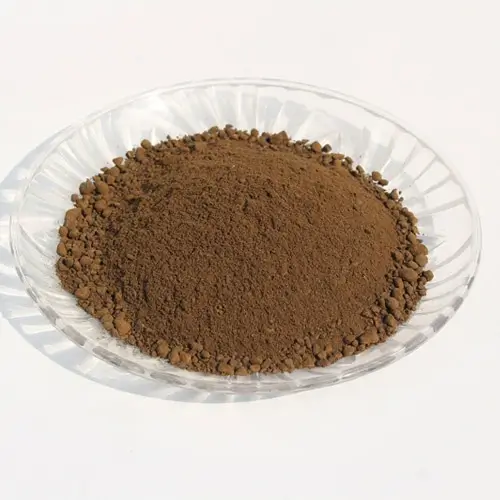
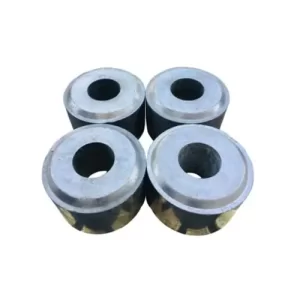
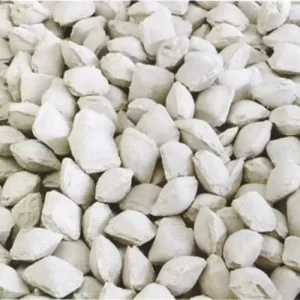
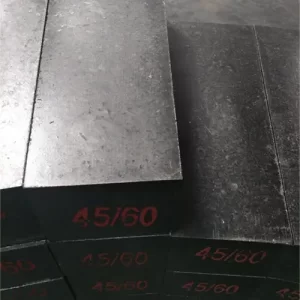
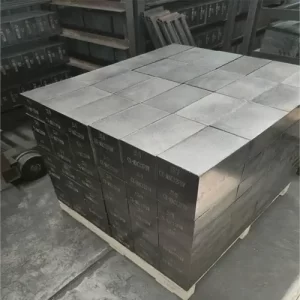
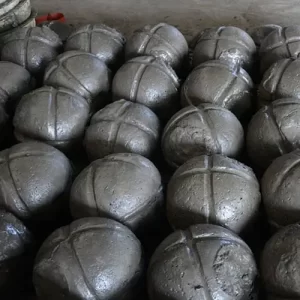

Reviews
There are no reviews yet.